We make a greenhouse from plastic bottles
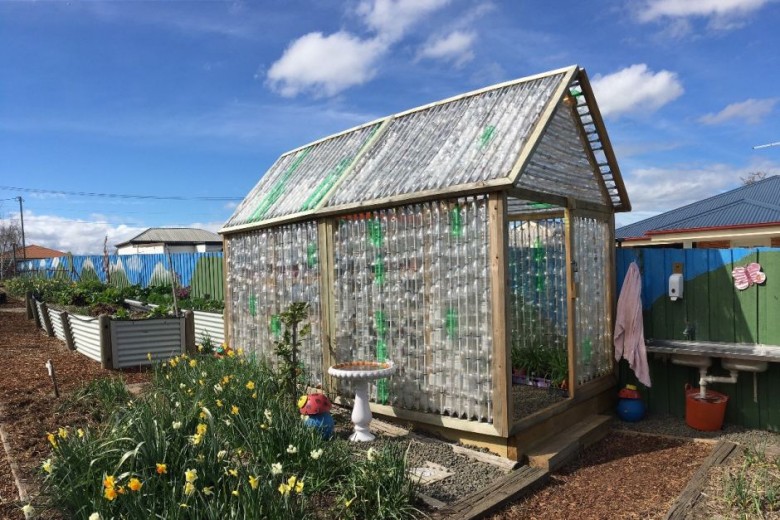
Gardeners of Central Russia are becoming more and more convinced every year that greenhouses and greenhouses are needed in the country, without them it is very difficult to grow many garden crops. In small areas it is impossible to place large structures. Small greenhouses, made with their own hands from plastic bottles, perfectly fulfill their functions. They will not take much space. For those who are interested in this issue, we will tell in detail and show in the photo how to install and assemble such greenhouses.
Advantages and disadvantages
Construction begins with the choice of material. You have decided to build a greenhouse from plastic bottles, but still doubt whether this structure will be durable and reliable in operation? Is there enough light to allow plastic material to pass through, how does it keep warm? Gardeners, who have already built such greenhouses on their plots, argue that there are advantages, there are more than disadvantages.
Advantages:
- saving money - bottles are collected for free. Money is needed only for the purchase of wooden bars and fasteners;
- reliability and durability of the material - plastic bottle is stronger than PVC film tens of times, and the design itself is durable, withstands strong wind pressure, does not deform during severe frosts;
- increased level of heat preservation - the cavity inside the bottles is empty, the air in it quickly heats up, but gives off heat slowly, no need to additionally heat the room during early spring crops;
- small size, light weight and mobility of greenhouses - the design has a small mass and takes up little space, at any time it is not difficult to move;
- short construction time - the assembly does not take much time. Provided that all materials have been prepared, and there are assistants (2-3 people), then a greenhouse will be assembled within one day.
Perhaps you think this is a disadvantage, but collecting 600-620 containers may take a long time. Friends and neighbors will help out, they will not refuse to help, they will not throw the bottles away, they will bring them to you, and they will help in construction.
Greenhouse "Butterfly" do it yourself
Mini greenhouse
Choose the type of design
There are two ways to make greenhouses from plastic bottles:
- The first method, easy and fast, is to assemble one-piece containers (without a bottom) and fix them with a fishing line and fixing materials on the frame. There is one negative point here - more material is required.
- The second method, more labor-intensive, is encasing the frame with rectangles cut from bottles. The plus of this method is that the tanks need almost 2 times less, but the thermal protection decreases due to the large number of holes in the firmware.
The choice is yours, we will try to describe in detail both ways.
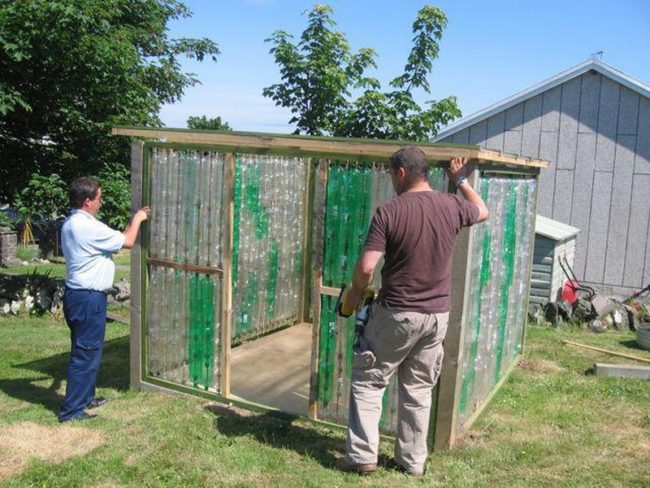
Greenhouse from solid plastic bottles
Before construction begins, the size of the greenhouse must be determined. In our case, they are:
- length - 4 m;
- width - 3 m;
- height - 2.4 m.
The roof structure is different: flat, gable or tilted in one direction. We chose the second option, that is, the roof will be in the form of an isosceles triangle, with two slopes. For clarity, it is better to draw a scheme of construction with an indication of the size, so that it was always at hand.
Preparatory work
The drawing is ready, bottles in the amount of about 600 pieces are assembled, now we proceed to the following stages:
- All containers must be of the same size (1.5 or 2 liter), disassembled by color, washed and removed labels. The south side of the greenhouse and the roof are constructed only from transparent bottles, on the north side other, darker colors (green, yellow) are possible, even brown tones can be used at the base.
- Choosing a place for future construction. The best location for the greenhouse is the entrance in the east, the far end is in the west, the side walls look to the south and north. The north side, if possible, should be protected by trees or farm buildings.
- We clear the area of debris, mow high grass, level the ground.
- We prepare materials for the frame: wooden bars with a section of 50x50 mm, the number can be calculated according to the scheme, boards for the base 70 mm thick - 14 m = (4 m + 3 m) x 2 and rails for installation - we determine their number according to the project.
- Fasteners (screws and nails) are prepared with a margin, and do not forget about the thick nylon thread or fishing line.
- We also need door hinges - 2 pcs.
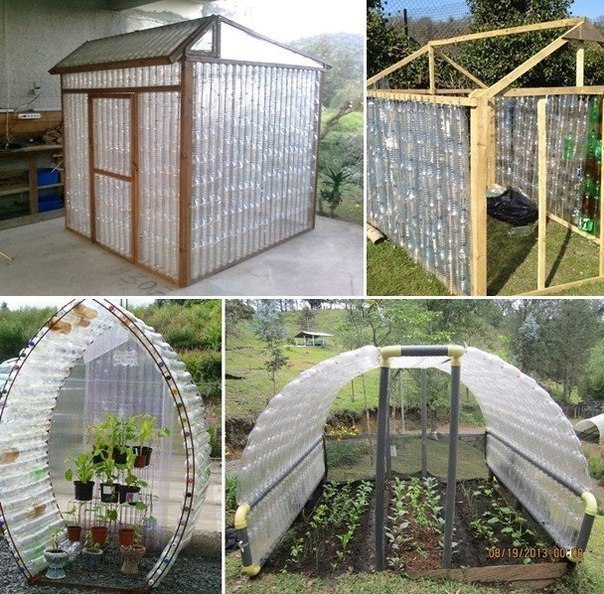
Instruments
The territory has been cleared, materials have been prepared, it’s up to the tools, quite a bit of them will be needed:
- a sharp knife or a special cutter for cutting the bottoms (cutting out rectangles);
- usual thin awl (sewing machine for sewing parts);
- hammer;
- hacksaw for wood;
- screwdriver;
- level roulette.
Be careful when working with sharp tools. Plastic bottles are slippery, and the fishing line and nylon thread are very durable, you can injure your hands. Use protective gloves reinforced with metal inserts.
Foundation device
Foundation from concrete or other expensive material is not required. The weight of the entire structure is insignificant, it allows you to do with improvised materials during its installation. It is enough to lift the corners of the knocked-down base off the ground, placing slag stones, bricks or logs under them.
If the frame is made of metal, then the foundation should be more solid. To do this, around the perimeter of the future greenhouse you need:
- dig a trench to a depth of 70 cm and a width of 30 cm;
- fill it with 10 cm of sand and gravel;
- above, flush with the ground, pour cement;
- on a cement base lay 4-5 rows of bricks in height.
Brickwork will protect the metal base of the structure from corrosion.
Simple greenhouse stretch film
Building a greenhouse from stretch films does not require any special skills, tools or large expenses. Small…
Manufacturing frame and roof
During operation, use design drawings and specified tools. We build the frame of the greenhouse. The base will be the boards fastened with bolts and corner stiffeners. Next, fasten all the bars with screws, attach the roof and doors.
The frame can be welded from metal fittings or corners of a small section. The cost will increase, but such a reliable greenhouse will last at least 5-10 years. Sometimes it is necessary to paint the metal elements to protect against corrosion.
Frame casing
There comes the most interesting stage of work on the construction of greenhouses from plastic bottles. If the previous works were identical, now there is a noticeable difference. Here you need detailed and step by step instructions.
- For containers designed for mounting the first lower layer, cut the neck to the hanger (5-7 cm). The bottom is fixed on the basis of screws, for which we catch the thread or fishing line. Their length should not be less than the height of the greenhouse, plus a margin for fastening about 20 centimeters for the upper crossbar.
- The bottom of other bottles is cut off by 2-3 cm, we string them on a fishing line and fasten so that the neck fits tightly into the lower container.
- After each row of bottles, we fix the fixing rail to the upper and lower bars to seal the structure.
- Our roof has a slope, so under its own weight, the pressure of rainwater or snow, it can sag. To avoid this, make the crate more frequent, seal the rows of bottles with scotch tape or cover the roof of the roof with plastic wrap.
- Doors are assembled in the same way as the walls. We strengthen them in the frame doorway with hinges.
Painted, that is, not so transparent bottles, you can scatter by inserting them between lighter containers. If you attach a little imagination, then you can depict a picture or words, and your greenhouse will become extraordinary.
Greenhouse from plastic rectangles
The scheme, working drawings and materials for such a greenhouse are identical, the difference is only in the technology of covering the frame, namely:
- Rectangles are cut from plastic bottles, that is, the bottom and neck are cut off, cut along, so that a regular and even figure is obtained;
- a stack of several plates is placed under a leveling press;
- connect the elements manually (with an awl and a fishing line) or on a sewing machine with a thick needle and nylon thread, sew the edges overlapping, that is, “overlap”;
- the size of the finished web of plates is customized according to the scheme.
The gable roof for such greenhouses is made of elements that do not need to be straightened, they are stitched so that the whole roofing sheet looks like a wavy slate.
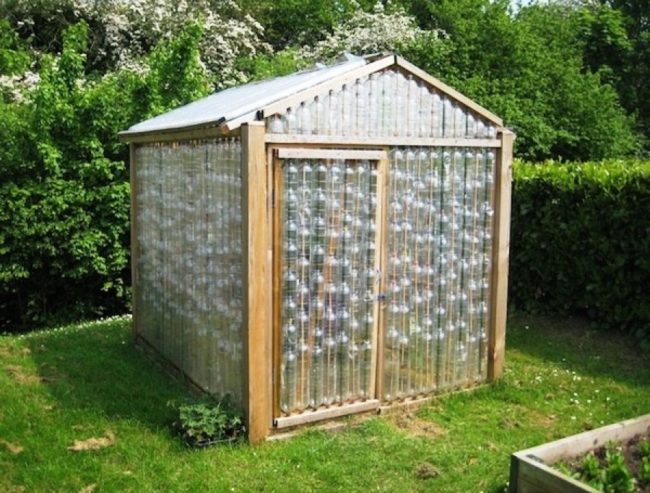
The advantage of such a web is that it can also be used for covering the frame of arcs, both plastic and metal, instead of the usual film.
We will not argue with those who claim that this work is boring and long, but there are long winter evenings, when there is nothing to do, and the hands are being asked to work. You can arrange a meeting with friends, where between tea and conversation, each guest will contribute by connecting several rectangles.
Useful tips
We recommend using the following tips, they will help to find a way out of difficult situations in the construction of greenhouses and greenhouses from plastic bottles:
- End corners of the roof can be difficult to sheathe bottle blanks. We recommend, in this case, to use glass, thick PVC film or pieces. polycarbonate.
- Bottoms, cut bottles, can always be useful in the economy. You can use them as disposable plates for soaking seeds or as supports for pots. Summer residents will find hundreds of options for their application.
- All wooden elements of the greenhouse need to be treated with antiseptic and saturated with linseed oil. This will protect the wood from rotting.
- In the summer, it is possible to collect empty containers on beaches and other places for recreation, where there are a lot of people who are exhausted with thirst. In this case, you collect bottles for the construction of a greenhouse, as well as fulfill the duty of every citizen - protect nature from chemical contamination from decomposition of such garbage.
- It is easy to clean the bottles from the labels if you soak them for a few hours in warm water with soap and then rub them with a stiff brush.
- Plastic rectangular blanks can be joined using a furniture stapler. This method increases costs, but reduces time. Choose what is best for you.
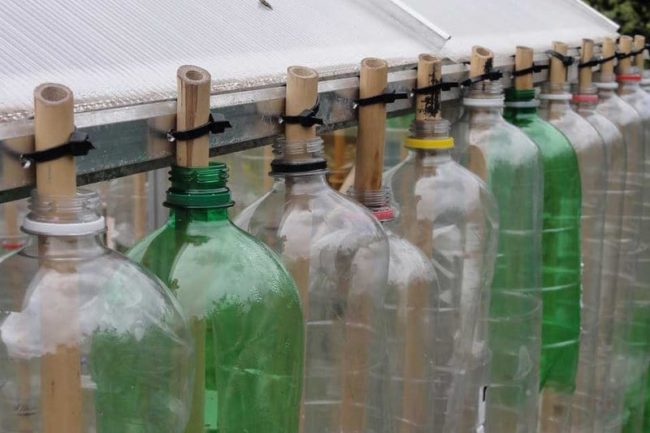
Reviews
Spiridonov Andrey Viktorovich, 44 years
For two years I have been collecting empty plastic bottles, trying to choose light ones of the same size. Five years ago, built the first greenhouse, used only solid packaging. In the first year I had a frame of planks and bars, he stood for 3 seasons, then the tree began to rot. The second greenhouse built reinforcement, painted it, sheathed with stitched sheets of plastic. This greenhouse is already the fourth year. In the spring I make minor repairs to the plates, and that's all, there are no more problems.
Ivanova Svetlana Igorevna, 32 years
I heard about such greenhouses, they talk a lot in forums. I think it is profitable, but I doubt the safety of plastic bottles, the material is toxic, and many harmful substances are released during combustion.Plastic will heat up in the sun, is it dangerous for the environment and human health? My husband and I have already begun to collect tara, but still can’t decide to build a greenhouse from them.
Smirnova Elizaveta Sergeevna, 37 years old
Our plastic greenhouse has been standing for 3 years. In the spring we are going to make such a trim on the arcs. In general, I am satisfied with the greenhouse, the cost of its construction is minimal, it performs its functions perfectly. Compared to conventional film, this material is more durable. We use the old film for additional cover in case of strong wind or a cold snap.
Conclusion
Opinions gardeners, as is clear from the reviews, diverge. The advantages and disadvantages of greenhouses made of plastic bottles are ambiguous, some of them are tested by experience, others are far-fetched by leisure people. The choice remains for the owners of suburban areas. We appeal to those summer residents who have built such greenhouses themselves, use them for a long time, share their experiences, comments and recommendations. Your advice will be useful to our readers. Please leave your comments at the end of this page.

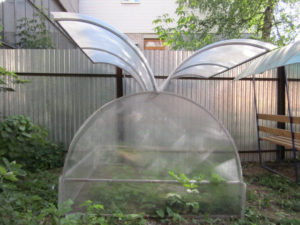
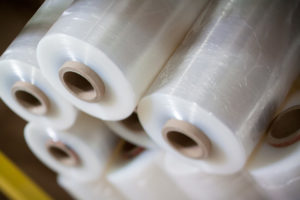


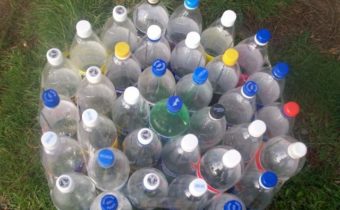
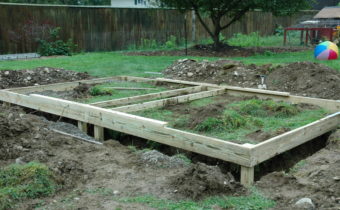
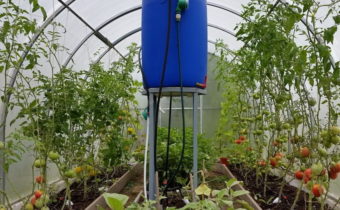
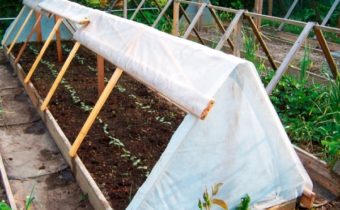
Viktor Alekseevich
Carefully read your article. I want to try my hand at building such a greenhouse. I have an idea to bond plastic elements with a glue gun using molten plastic.